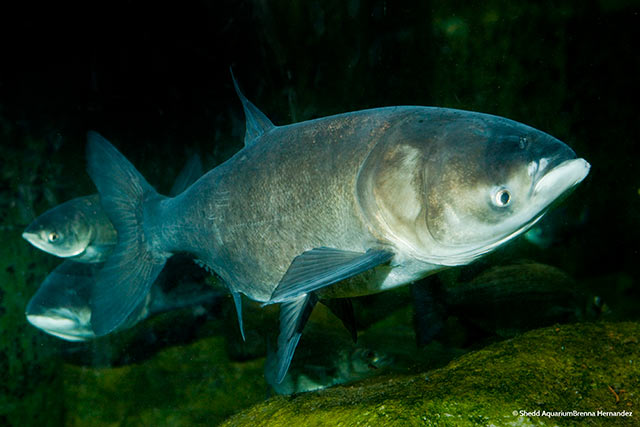Alerts
Please be advised that our bird aviaries are open!
Your Toronto Zoo is committed to the health and safety of the animals in our care. We take proactive steps to protect our birds from Avian Influenza which has been confirmed in a wild bird in southern Ontario, and some birds may still be off display.
Please note Splash Island is still closed and will not open until July due to unforeseen delays in construction. Please watch for updates on https://www.torontozoo.com/tz/splash or on our social media pages. Thank you!
Please note the following animals are currently not on display due to various reasons including Avian Bird Flu, and Covid-19 sensitivity:
- Flamingo, peacock, owl, bald eagle, and aviaries
- Some Kids Zoo Animals
- Cougar
- Moose
- Kangaroo walk through (kangaroos are still visible)
- Axolotl
We apologize for the inconvenience!


Fish
Location at the Zoo:
Indo-Malaya
Region: Southeast Asia
Bighead Carp
True to its name, the bighead carp has a large head and a large, toothless mouth. Unlike black and grass carp, bighead carp eyes are located very low on the head, below the central axis of the body. Grey with dark, irregular blotches, bighead carp can live over 16 years, reach 1.5 m in length and weigh up to 40 kg.Conservation Status: IUCN
